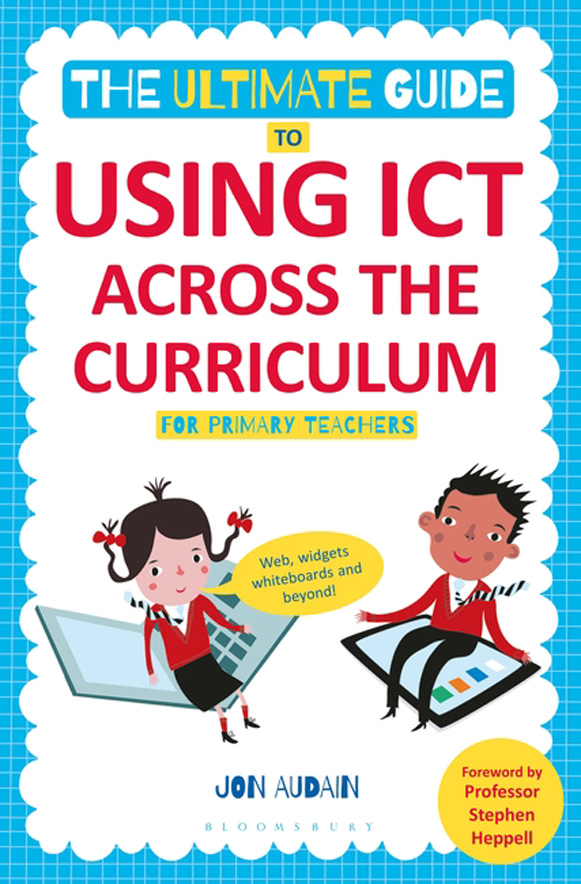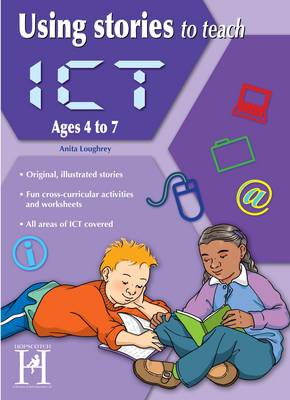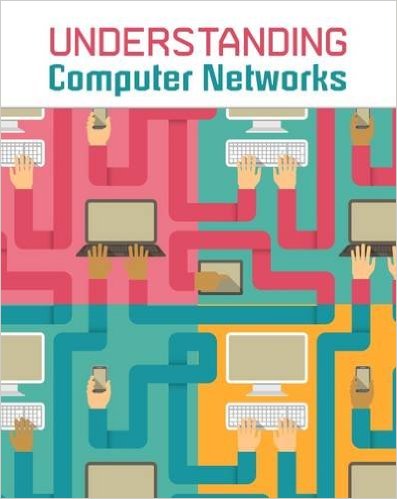Filters
Clear allSubject
- Careers (25) Apply Careers filter
- Climate Change (2) Apply Climate Change filter
- Creative arts and media (7) Apply Creative arts and media filter
- Cross curricular (40) Apply Cross curricular filter
- Design and technology (143) Apply Design and technology filter
- Engineering (83) Apply Engineering filter
- Food Preparation and Nutrition (3) Apply Food Preparation and Nutrition filter
- Leadership (1) Apply Leadership filter
- Mathematics (137) Apply Mathematics filter
- Personal development (2) Apply Personal development filter
- Psychology (1) Apply Psychology filter
- Science (142) Apply Science filter
- Space (3) Apply Space filter
- STEM Clubs (9) Apply STEM Clubs filter
Age range
Type
- Activity sheet (109) Apply Activity sheet filter
- Article (32) Apply Article filter
- Audio (1) Apply Audio filter
- Data set (1) Apply Data set filter
- Demonstration (1) Apply Demonstration filter
- Experiment (2) Apply Experiment filter
- Game (3) Apply Game filter
- Group work (7) Apply Group work filter
- Image (37) Apply Image filter
- Information sheet (25) Apply Information sheet filter
- Interactive resource (9) Apply Interactive resource filter
- Open-ended task (1) Apply Open-ended task filter
- Poster (5) Apply Poster filter
- Presentation (53) Apply Presentation filter
- Research (27) Apply Research filter
- Self assessment (1) Apply Self assessment filter
- Simulation (1) Apply Simulation filter
- Teacher guidance (139) Apply Teacher guidance filter
- Textbook (7) Apply Textbook filter
- Video (35) Apply Video filter
- (-) Remove Include Physical Resources filter Include Physical Resources
Showing 627 results
This resource asks the question ‘How much information is there in a thousand page book?’ It continues by exploring how to estimate how much space is needed to store the information and introduces a way of measuring information content. The resource begins by discussing what is meant by information and how amounts...

As well as step by step instructions on how to use a variety of technologies effectively, this book covers e-safety and the digital child, planning and budgeting your provision and how to use technology to support...
This collection of STEM Learning videos explores the world of artificial intelligence, machine learning and computing. Taking a deep dive into AIs place in our world and what the future might hold. AI and machine learning are useful tools, developing rapidly and are around us every day, from ChatGPT, apps on mobile...
This document from the Department of Education looks at how Stopsley Community Primary School encourages good behaviour by rewarding pupils. The resource explores the school's house point system, resources and support for teachers and their 'red carpet' policy as part of the managing behaviour and bullying in...

This guide to teaching ICT offers a structured approach for the non-specialist. The book examines the skills needed for word processing, spreadsheets and databases, research and Internet access. The ideas and...
These activities offer one-page exercises to incorporate the VEX GO kit and STEM concepts in a cross curricular way. From animal habitats, to architecture, compasses to music, these activities offer great cross curricular STEM opportunities for physical computing.
This resource for VEX IQ Modkit helps students to understand the basic principles of using blocks of code to create a programme. The Modkit blocks have been reproduced so that they can be printed and used by students for discussion and when planning their code. This resource contains a classroom presentation...
These VEX VR activities offer challenge cards for students to use with the free VEX VR software. Each activity links to specific playgrounds and has three levels of challenge to explore, including helpful hints. Allow students to apply their knowledge of coding and programming, through these challenge-based...
This activity away from the computer is from the Barefoot Computing project. It is intended to provide a theoretical understanding of why and how variables are used in computer programming, using the example of score-keeping in a classroom quiz. Involving several volunteers from the group, the activity uses...
The Vernier Anemometer is an impeller-type anemometer that measures wind speed in the range of 0.5 to 30 m/s (1 to 67 mph). The Anemometer fits in your palm for wind study measurements in the field. A standard camera mount on the back and an accessory rod allows you to position it in wind tunnels or in front of...
This paired-programming activity from the Barefoot Computing project focusses on sequences in algorithms and programs.
Children create an animation of a Viking raid – ideally they will have previously studied Vikings...
Astronauts, and especially spacecraft commanders, must take in a huge amounts of information from displays and screens. Small changes in this information might indicate important changes that should be addressed, and missing the signs may have important consequences.
This simple activity challenges students...
This activity shows how Earth observation can be used to study human geography by comparing the satellite images of Las Vegas over the last few decades. Linking to measurement of irregular areas and addition and multiplication of fractions, it asks children to measure the area of Las Vegas at three separate times...

